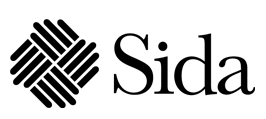Main Article Content
PCV2: The unexpected threat - How fish infection can transform industries and society: A pilot study
Abstract
Integrated fish and livestock farming is an ancient practice and is used to increase production per unit area and reduce the environmental impact caused by untreated animal excreta. Although integrated aquaculture has been used in some countries, including Brazil, this practice has declined. However, many pig farmers maintain their ponds and/or have rivers near their pig farms, allowing raw manure to drain to them. The objective of this work was to verify the possibility of infection of fish by porcine circovirus 2 (PCV2) and, thus, serving as a reservoir species. Eleven specimens of Nile tilapia (Oreochromis niloticus), negative for PCV2, were inoculated with PCV2 intramuscularly and observed for 61 d post-inoculation (dpi), when they were euthanized and had their intestines, livers and gills removed to evaluate for presence of PCV2. The faeces were collected directly from the fish aquarium every four days up to 12 dpi and then once a week up to 61 dpi. The organs and faeces were tested by qualitative polymerase chain reaction (qPCR) for PCV2. This preliminary study showed that PCV2 inoculation was successful in infecting fish. In addition, PCV2 was eliminated in the faeces intermittently during the 61 d of experimentation.




